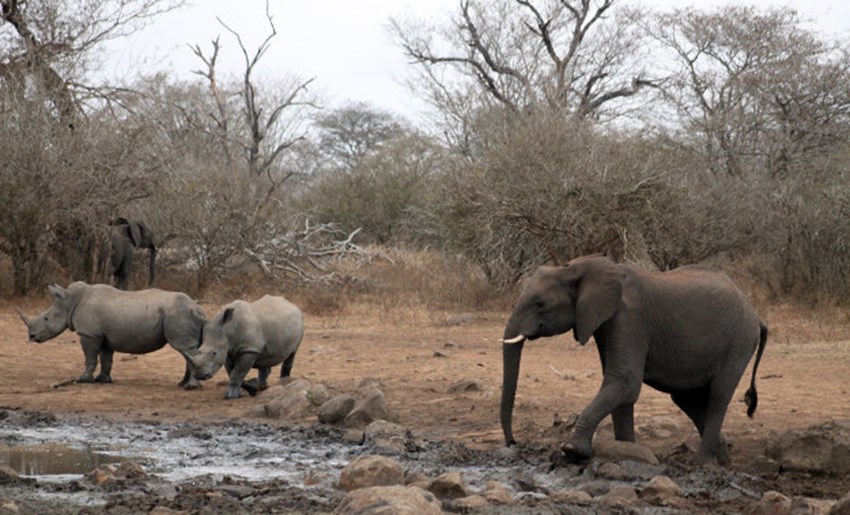Blog


27/10/2016

“Some areas of the Kruger National Park have been hit worse than in 1991/92,” Govender said.
There had been more days where the temperature had exceeded 40°C than in 1991/92 and rivers had seen less water flow.
One of the biggest concerns for park officials was forage - the food available to animals.
“Different species experience drought differently. Some predators love the drought, so it should be noted that our animal range is not affected equally.”
Grazers were the worst affected, and mixed feeders like impala or kudu, less so.
Buffalo were usually heavily affected. Since 1970 their numbers had increased. Following the droughts in 1981 and 1991/92, their numbers fell dramatically. Since then their population had recovered to the highest levels yet seen.
The park had over 7 500 hippo, the highest number in the park’s history. This meant there were too many hippos in small pools.
While the park had artificial water points, Sanparks had closed many of them. The lack of water and increasing hippo population was contributing to the formation of blue-green algae, which could poison some animals.
It was predicted that the central part of the park would be the worst affected because it had received the least rain and had the greatest numbers of animals.
The southern area of the park had received more rainfall, which could see more animals moving there.
From: News24.com
By: Wim Pretorius

11/07/2019

21/08/2018

29/09/2017